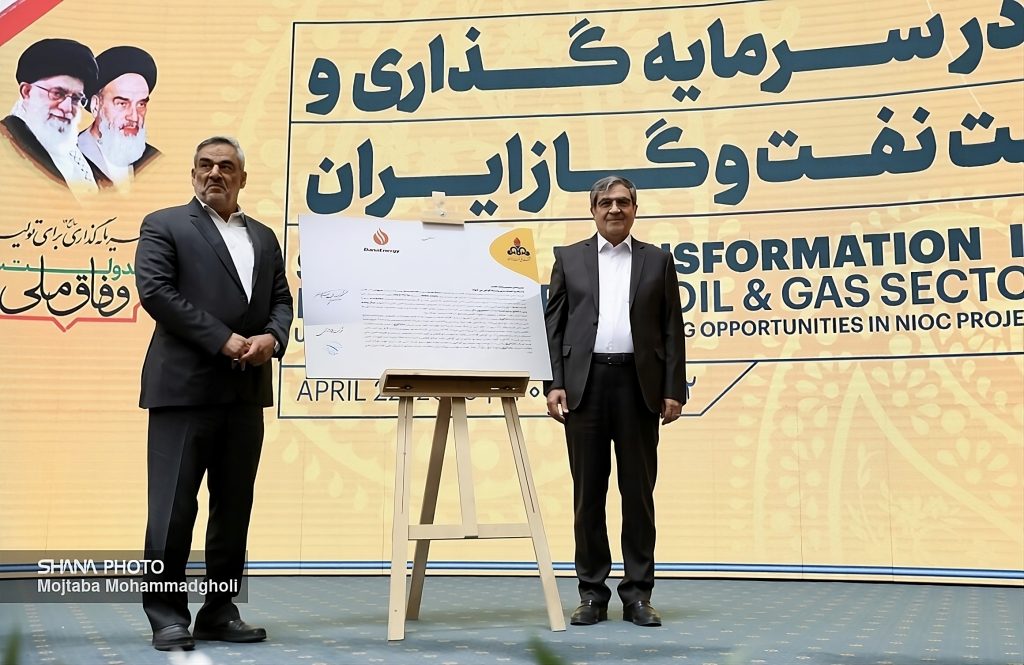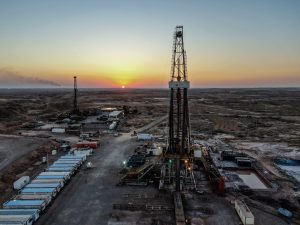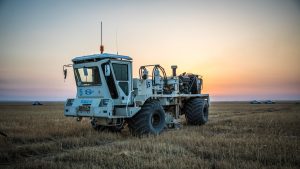In a landmark step toward revitalizing investment in Iran’s energy sector, a comprehensive framework for financing upstream oil and gas contracts was officially introduced during the “Strategic Transformation in Iran’s Upstream Oil and Gas Sector” event, held on Tuesday, April 22. The event was attended by First Vice-President Mr. Mohammd Reza Aref and Minister of Petroleum, Mr. Mohsen Paknejad, highlighting the strategic importance of the initiative.
The newly launched framework, the result of extensive collaboration among the National Iranian Oil Company (NIOC), the Ministry of Economic Affairs and Finance, the Central Bank, the Planning and Budget Organization, and leading E&P companies, is designed to unlock new financial pathways for upstream development. It was formally approved by the National Financial Supply Council in late October 2024 and has since been shared with the national banking network and financial institutions for rollout.
By introducing innovative financial instruments, such as forward-looking payment commitment certificates, receivables-based securities, commodity deposits, and crude and condensate delivery warrants, the framework empowers qualified investors to access funding both before and after the commencement of initial production. These tools provide greater flexibility, mitigate risk, and enhance the bankability of upstream projects.
At the event, Dana Energy was honored to mark a defining moment with the issuance of the first payment commitment certificate by the National Iranian Oil Company (NIOC) under the new structure, valued at USD 104 million. This funding will support our development efforts across the Aban-West Paydar, and Sohrab fields. Beyond a financial milestone, this marks a strategic shift—expanding the avenues of funding available to the sector and reinforcing the role of private enterprise in shaping Iran’s energy future.
The National Iranian Oil Company also introduced more than 200 new investment opportunities during the event, each framed within diverse contractual models, pointing to a more dynamic, inclusive, and investment-ready upstream landscape.






We Answer Your Questions